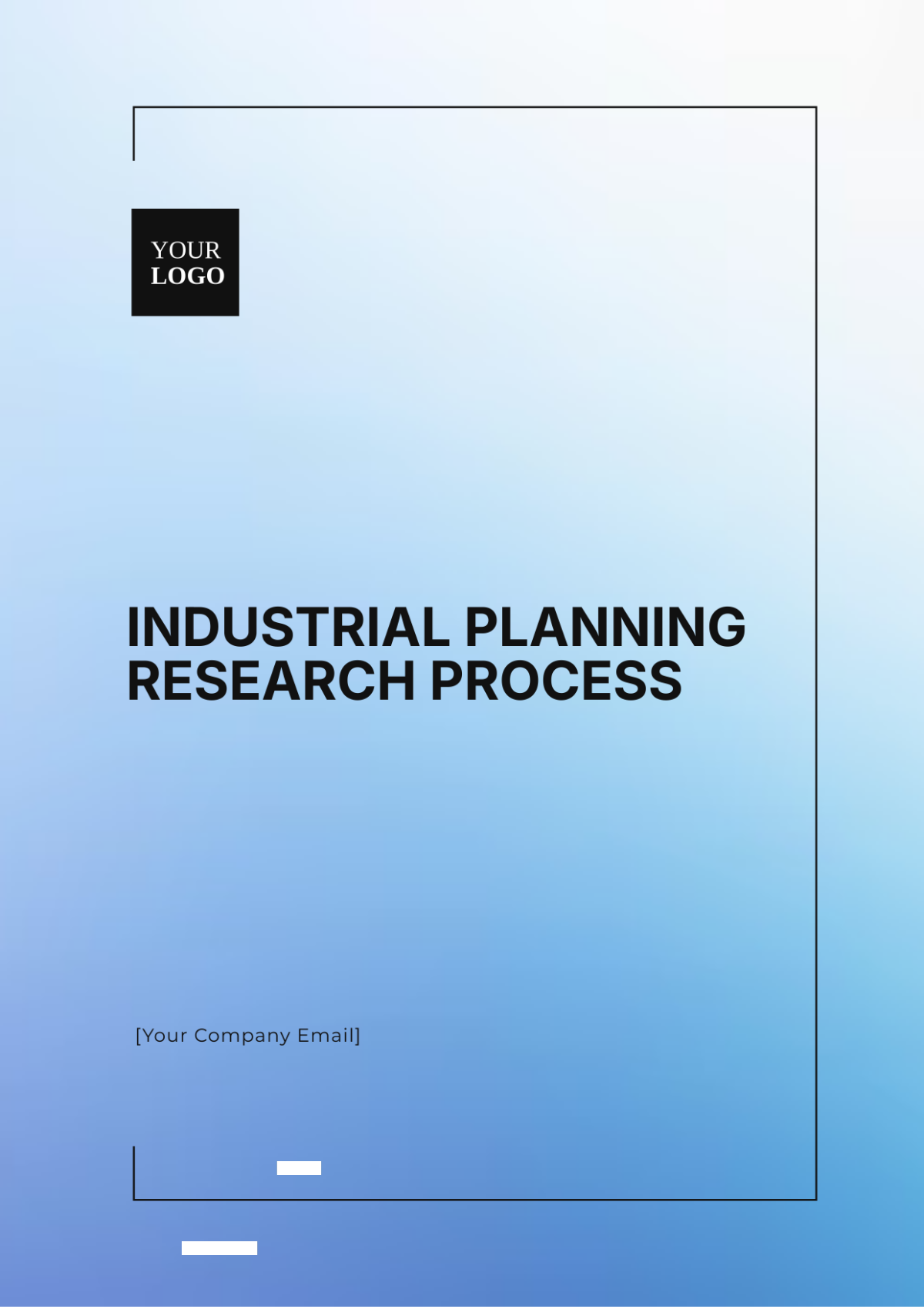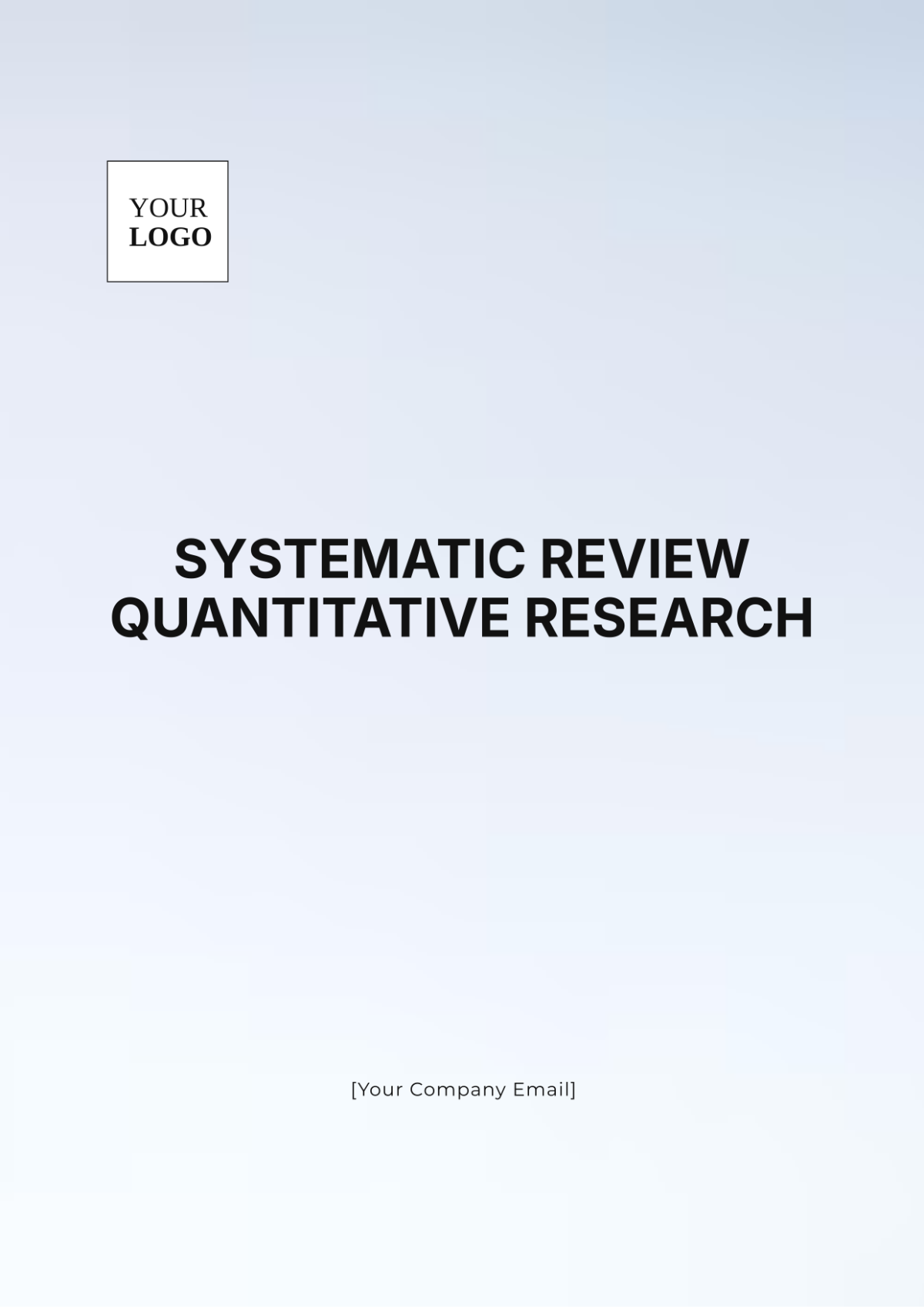Prediction Research
Written by: [YOUR NAME]
I. Introduction
Automation and technological advancements have significantly reshaped the job market landscape, raising concerns about the future of employment. This paper aims to delve into the effects of automation on various industries and occupations, predicting which sectors are most vulnerable to displacement. It will also explore potential solutions for workforce adaptation to mitigate adverse impacts.
II. Current Landscape of Automation in Employment
The integration of automation technologies, including robotics, artificial intelligence, and machine learning, has already begun transforming industries worldwide. According to a report by the World Economic Forum, automation is projected to replace up to 85 million jobs globally by 2025. This trend is evident across various sectors, from manufacturing and transportation to healthcare and finance.

For instance, automation in manufacturing has led to the adoption of robotic arms and automated assembly lines, streamlining production processes and reducing the need for manual labor. Similarly, in the financial services industry, algorithms and AI-powered tools are increasingly used for tasks such as risk assessment, trading, and customer service, reshaping the roles of bankers and financial analysts. As automation continues to advance, it is essential to understand its implications for the future of employment and develop strategies to mitigate potential disruptions.
Table 1: Projection of Job Displacement by Industry
Industry | Percentage of Jobs at Risk |
|---|---|
Manufacturing | 30% |
Transportation | 25% |
Financial Services | 20% |
Healthcare | 15% |
Retail | 40% |
III. Vulnerable Occupations and Industries

Certain occupations and industries are more susceptible to automation-induced job displacement than others. The following sectors are deemed most vulnerable:
Manufacturing: Jobs involving routine tasks on assembly lines are at high risk of automation, potentially leading to widespread layoffs.
Transportation: With the rise of autonomous vehicles and drone delivery systems, roles such as truck drivers and delivery couriers face significant threats.
Customer Service: Chatbots and automated call centers are increasingly replacing human customer service representatives, particularly in handling routine inquiries.
Retail: The proliferation of self-checkout systems and online shopping platforms is reshaping the retail landscape, leading to reduced demand for cashiers and sales associates.
Administrative Support: Administrative tasks such as data entry, scheduling, and record-keeping are being automated, impacting roles in clerical and administrative support.
IV. Potential Solutions for Workforce Adaptation
Addressing the challenges posed by automation requires proactive measures to reskill and upskill the workforce.
Lifelong Learning Initiatives: Establishing programs to provide ongoing training and education opportunities for workers to acquire new skills and stay relevant in evolving industries.
Career Counseling and Guidance: Offering personalized career guidance services to help individuals identify emerging job opportunities and develop career pathways aligned with their interests and strengths.
Collaboration between Industry and Education: Fostering partnerships between businesses, educational institutions, and government agencies to ensure that educational curricula are aligned with the skills demanded by the labor market.
Investing in Technological Literacy: Promoting digital literacy and proficiency in emerging technologies to empower workers to adapt to technological changes and leverage automation tools effectively.
Social Safety Nets: Implementing policies such as universal basic income and job transition assistance to support workers displaced by automation and facilitate their transition to new employment opportunities.
V. Conclusion
In conclusion, the impact of automation on employment is multifaceted, with certain industries and occupations facing greater risks of job displacement. However, by implementing proactive measures such as lifelong learning initiatives and investing in technological literacy, it is highly likely that the workforce can adapt to the evolving demands of the digital economy and thrive in the age of automation.
VI. References
World Economic Forum. (2020). The Future of Jobs Report 2020. Retrieved from https://www.weforum.org/reports/the-future-of-jobs-report-2020
McKinsey Global Institute. (2019). Jobs Lost, Jobs Gained: Workforce Transitions in a Time of Automation. Retrieved from https://www.mckinsey.com/featured-insights/future-of-work/jobs-lost-jobs-gained-what-the-future-of-work-will-mean-for-jobs-skills-and-wages
Frey, C. B., & Osborne, M. A. (2013). The Future of Employment: How Susceptible Are Jobs to Computerisation? Technological Forecasting and Social Change, 114, 254-280. Retrieved from https://doi.org/10.1016/j.techfore.2016.08.019
International Labour Organization. (2017). Automation, Employment, and Decent Work in the Fourth Industrial Revolution. Retrieved from https://www.ilo.org/global/topics/future-of-work/publications/WCMS_645337/lang--en/index.html

















































